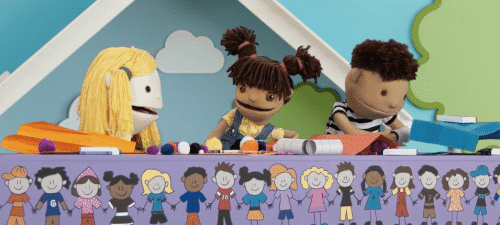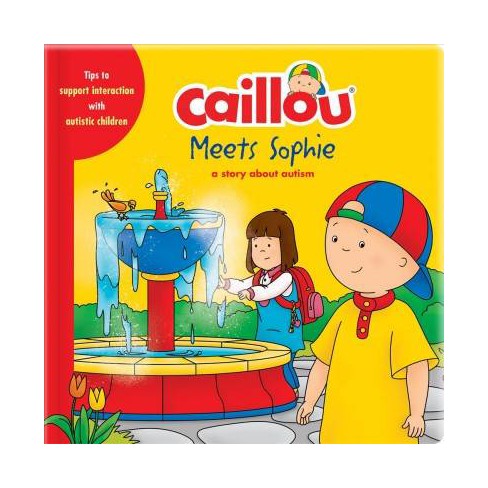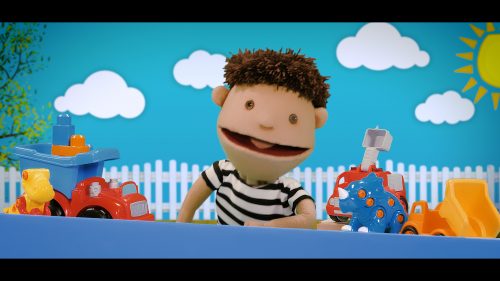Dear parent, family member, or friend, Learning to live together and developing social skills are a part of everyday life. Stakeholders and educators involved in educating children and adolescents should help create positive and caring communities. We need to influence all areas of young people’s development positively. The bonds they create with their peers and adults allow them to be happier and to feel loved, which, in turn, helps them to realize their dreams and develop their full potential. Without any ill intention, you may often report conflicts and violence by categorizing them as bullying since you are concerned about your children’s well-being. To ensure young people’s physical and psychological safety, school staff must take complaints seriously and deal with them promptly. However, more often than not, they are simply conflicts, altercations, or isolated incidents of violence as opposed to actual bullying. This guide is a reference tool that will familiarize you with the issues related to each violence category. How do you recognize a conflict situation and be certain that it is not a case of bullying? What should you do when a child is experiencing bullying or violence? This guide will answer these questions. It also recommends strategies to create a positive and caring environment for your children and their peers at school, home, and in other areas of their lives. This approach, called social and emotional learning, is later described in this guide and will be implemented in the Quebec school system over the next three years. It has already been tried and tested elsewhere in North America to prevent students from dropping out and to provide a healthy and safe environment.
Enjoy!











